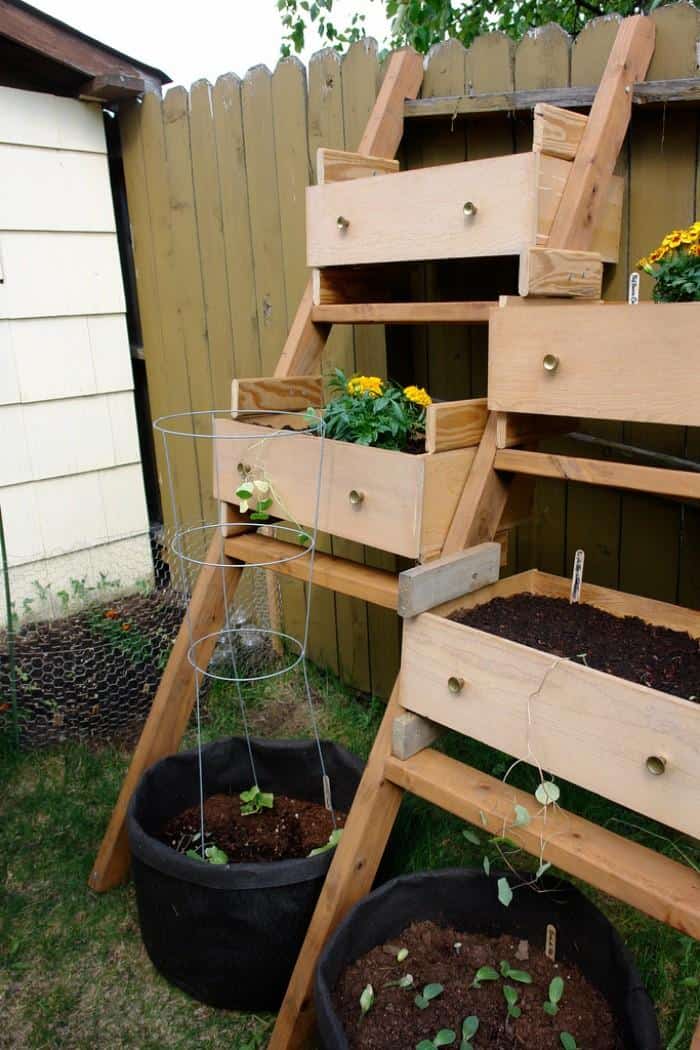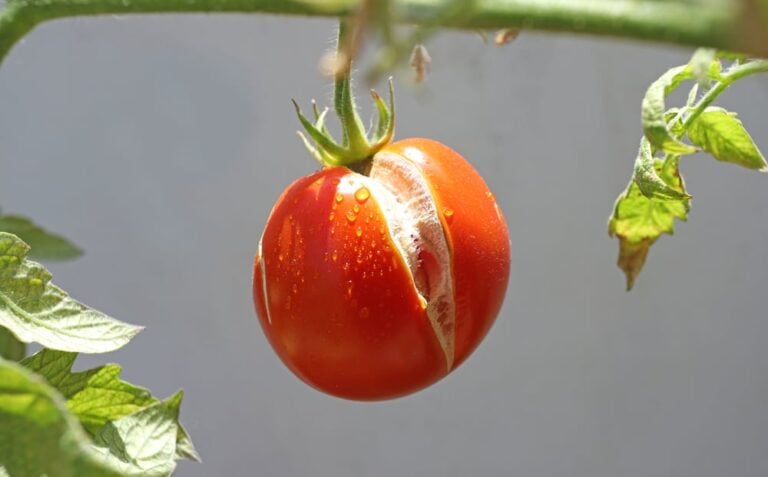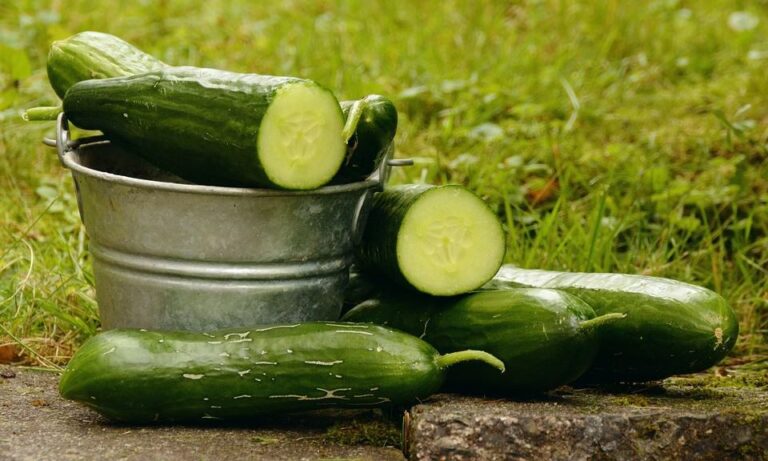How to Plant Potatoes the Right Way
To plant potatoes in your garden, you’ll need to create roomy trenches with fertile soil and ample drainage ability. You can prepare your potatoes for planting by cutting large potatoes into pieces, or planting smaller ones whole. Create some acidity in your soil with sulfur if you have alkaline soil and mix in some animal manure. Plant during cooler climates after the last frost. Remember to space out potatoes for ample growth under ground.
Create Trenches
Potatoes, like other vegetables and plants, need room to grow properly. For potatoes grown in an outdoor garden, the ideal way to encourage growth is through the use of trenches.
Sustainable Seeds suggests trenches of about 10 to 14 inches in depth. Since potato vines grow upwards, this depth allows a stronger vine to grow with more potato production underground. Try to keep your trenches as level as possible by digging in small, gentle layers, so your potato plants will grow more uniformly. Use a shovel that allows for about a 4-inch width across the trench.
Keep the soil that you’ve dug from your trenches for later use to place over your potatoes. Once you’ve created your first trench, dig another trench within it, but don’t move the soil. Instead, keep the soil in place, but loosened, as this will become the perfect spot to place your potatoes for growth and multiplication. Hip Chick Digs refers to this as the Double Dig Method for growing potatoes.
Here’s a great video from ExpertVillage that shows how to dig good trench for your potatoes:
https://youtu.be/zuOpRGYEJ3g
Preparing Your Seeds
Potatoes set seeds, but new plants grow from the eye of the potato. When we refer to “potato seeds” or “tubers”, we are referring to the whole, or the part of, potato you plant to create a new potato vine.
The idea potato tuber ready for planting without further preparation is one that is no more than two inches in diameter and has at least one eye, preferably two, and sprout length of about ¼-inch. This tuber is small enough to be planted whole and its eye and sprout length are prepared enough to produce more potatoes.
If you have larger potato tubers, you’ll need to prepare them further for better growth opportunity, Cut large or long tubers into smaller pieces, block-shaped and no bigger than an egg. Like your smaller, whole potatoes, ensure that each piece of cut potato has at least one eye and ¼ inch sprout length.
Although you can plant these potato pieces immediately, you can prevent increased chances of rot when they’re placed in soil by allowing them to dry three to four days first.
Preparing Your Soil
Potatoes need plenty of sun and a fertile soil with plenty of room for drainage. It is recommended to begin preparing your soil at least two to three months before you plant your potatoes to give the soil time to settle for best potato health and growth.
Avoid using the areas where you planted potatoes for the previous two seasons for decreased risk of disease. The best area is one that’s been untouched, gets a lot of sun, and has soil free of rocks and other things that can disturb your potato growth.
Potatoes grow well in most types of soil, but they can benefit from a slightly acidic soil to avoid common potato blemishes from alkaline soils. If your soil isn’t acidic, you can apply a small amount of sulphur to the top of the soil after you’ve planted your potatoes.
Steer and chicken manure are highly recommended mediums to mix into your potato soil, in addition to bone meal and a plant meal, like kelp or seaweed. Potatoes need plenty of nutrition in all stages of growth, so ensuring a healthy soil from the start can lead to a better outcome.
When to Plant
Potatoes need a cool, but not cold, climate to grow. For some regions, this makes the spring season the best time to plant potatoes, but warmer regions can have successful growth through fall and winter. The Old Farmer’s Almanac recommends planting within two weeks of the last spring frost. Make sure you prepare your larger potatoes a few days ahead of time to allow them an ample drying period before planting.
Here’s a quick video that expands on this idea:
Since potatoes are not extremely sensitive to weather, it’s possible to plant them a little sooner if you’d like. But, some varieties are more susceptible to being killed by late frosts than others, so plant early with caution.
Thompson & Morgan provides a handy table that explains when to plant different categories of potatoes, like first-early and maincrop potatoes. Remember to take into consideration your region’s weather habits, such as the amount of sun and water your region gets throughout different times of the year, before planting your potatoes.
Quick video on quick sprouting
I just came across this awesome video by Rod from Grimes Horticulture. Some great advice in here.
https://youtu.be/929BL0UOZdk
Spacing and Planting Tips
Potatoes need quite a bit of room to grow since they multiply under the ground. Planting them too close together can lead to disrupted growth and deformation. Depending on the size of potatoes you’re growing, you must allow for at least 12-inches of space between each potato seed.
If you have the space, it’s better to aim for a few more inches between your potatoes. Also ensure that you have about three feet between each row of potatoes. If you have limited space and would rather grow small varieties of potatoes, you can decrease the space between each potato seed by a few inches.
Make sure you plant your potato or potato pieces with the eye facing up, since this is where your potato vine will grow from.
You can, alternatively, carefully cut the eyes of the potatoes to grow from rather than plant the whole potato. This can provide you with a little more space to plant than planting whole potatoes or pieces of potatoes.
Photo by woodleywonderworks licensed under CC BY 2.0.






